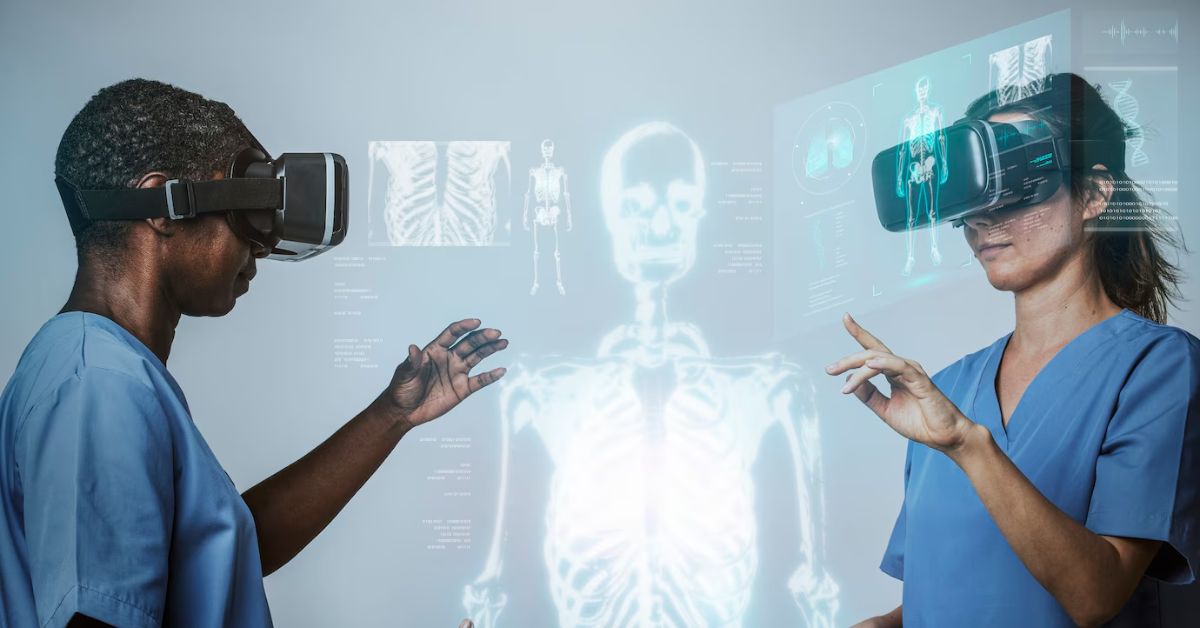Technological advancements in orthopedic care have revolutionized diagnosis, minimally invasive procedures, and faster recovery times. Digital imaging, robotic-assisted surgery, and wearable rehab devices enhance patient treatment, particularly for hip conditions. Advanced imaging techniques and data-driven evaluations are now used in consultations with specialized hip doctors, resulting in more effective outcomes.
In today’s rapidly advancing world, technology has transformed how physicians diagnose and treat orthopedic issues and enhanced overall patient experiences. The landscape of procedures, from diagnostics to patient rehabilitation, has become increasingly sophisticated. In regions like Tulsa, the availability of a hip doctor in Tulsa who uses cutting-edge methodologies is increasingly common, facilitating improved recovery discourse and better surgical outcomes.
These technological solutions span various aspects of patient care, significantly contributing to more tailored and effective treatment strategies. Coupled with traditional methods, these innovations allow orthopedic specialists to address patient needs more personally and efficiently, indicating a shift towards a more patient-centric healthcare model.
AI and Robotics: Revolutionizing Orthopaedic Surgeries
Including AI and robotics in orthopedic surgeries is a testament to how precision technology can elevate surgical outcomes. These advanced systems reduce human error potential by assisting surgeons with precise planning and execution during operations. For example, robotic systems can provide real-time data and analytics, helping with alignment and ensuring high accuracy, thereby reducing recovery times and increasing the likelihood of successful procedures.
The predictive power of AI systems, through machine learning algorithms, can revolutionize pre-operative planning and post-operative assessments by providing previously unattainable insights, ultimately giving orthopedic services a forward-looking makeover.
Telemedicine: A New Era in Patient Care
Telemedicine has swiftly moved from a futuristic concept to a critical component of healthcare delivery, especially in orthopedics. The virtual consultations enabled by telemedicine allow orthopedic specialists to perform initial assessments and diagnostic checks virtually, reducing the necessity for in-person visits. This saves time and broadens the reach of healthcare services to remote areas where specialized care may otherwise be inaccessible.
Telemedicine’s convenience and flexibility are pivotal in improving patient interaction and engagement. It allows continuous follow-up care and personalized treatment adjustments without logistical constraints.
Wearable Technology for Patient Monitoring
Wearable technology, including fitness trackers and smartwatches, is crucial for monitoring chronic disease management and recovery. These devices track health metrics like heart rate, activity levels, and sleep patterns, providing valuable insights for orthopedic practitioners. This data enables informed decision-making and personalized care plans, enabling preventive orthopedic care. Continuous monitoring reduces complications and re-injury risk. Patients are more engaged in recovery, fostering accountability and motivation to follow treatment plans. As wearable technology evolves, its integration into orthopedic care will become more seamless.
3D Printing in Orthopaedic Solutions
3D printing technology revolutionizes orthopedic device creation, enabling custom prosthetics and implants, improving fit and function, patient satisfaction, and recovery rates. It also enhances surgical precision by providing surgeons with accurate model references and reducing production costs. 3D printing facilitates faster prototyping, allowing design adjustments based on patient needs or surgical requirements. This leads to more predictable outcomes and minimizes complications. The growing accessibility of 3D printing continues to democratize personalized orthopedic care.
Future Trends in Orthopaedic Technology
The horizons of orthopedic technology are broad and promising, with upcoming trends set to revolutionize patient care further. Researchers and engineers continually refine advanced robotics, honing AI-driven diagnostic tools, and exploring virtual reality as a rehabilitation tool to expand patient engagement and enhance clinical outcomes.
Orthopedic procedures are expected to become less invasive and efficient, potentially rendering traditional surgeries obsolete. This will result in shorter hospital stays, reduced recovery time, and improved long-term mobility. Additionally, integrating real-time data analytics will empower physicians to make more informed, personalized treatment decisions. The future of orthopedics lies in a seamless blend of human expertise and technological precision, redefining standards of care.
Challenges and Considerations in Technological Integration
Integrating advanced technology into orthopedic practices involves high upfront costs, ongoing maintenance, specialized training, and data privacy and security concerns. To overcome these, a collective effort among healthcare providers, tech companies, and policymakers is needed to ensure seamless and sustainable integration, allowing technology to enhance orthopedics carefully.

